Capture the Moment!
Since 2013, I’ve published hundreds of blog posts on all aspects of photography. Some are aimed at helping photographers with their technique, settings, and equipment, but others describe my exhibitions, workshops, and adventures in Africa, Antarctica, and beyond.
Feel free to browse chronologically or click on the heading above any post for specific categories, such as Equipment, Trips or Hints and Tips.
If you’d like to write a guest post, please drop me a line on +44 7942 800921 or at nick@nickdalephotography.com.
(Please note that some posts contain affiliate links from which I can earn a small commission.)
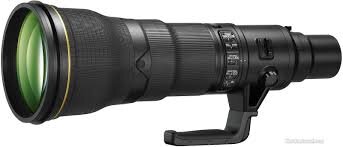
Photography Gifts
What do you give the photographer who has everything…?
Well, photography equipment can be very expensive, but here are a few ideas for all budgets.
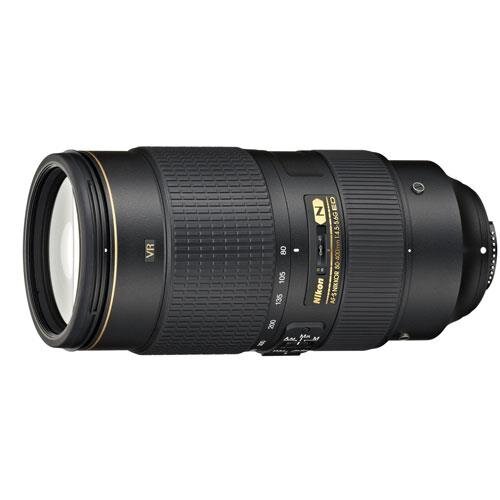
Lens Head-to-head: Canon v Nikon v Sony
This article considers mid-range zooms, lenses that I’d consider to be your ‘workhorse’.
For wildlife photography, I’d recommend getting a long lens that is at least 400mm, and these three are roughly equivalent, depending on whether you have a Canon, Nikon or Sony camera body.
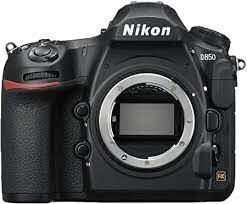
Camera Head-to-head: Canon v Nikon v Sony
Canon, Nikon and Sony are the three premier brands in photography equipment. I opted for Nikon, and I’ve been regretting it ever since!
No, not really, but I’m sick to death of the low frame rates. My D850 only manages 7 fps, and even with a battery pack it’s only 9 fps, which is pitiful compared to the 20 fps offered by the top-of-the-line Canon and Sony cameras.

Predators and Prey - A Wildlife Photography Talk
I gave an online slideshow and talk to Putney WI on Monday 19 July 2021, and it went down so well that I thought I’d record it and publish it here. Enjoy…
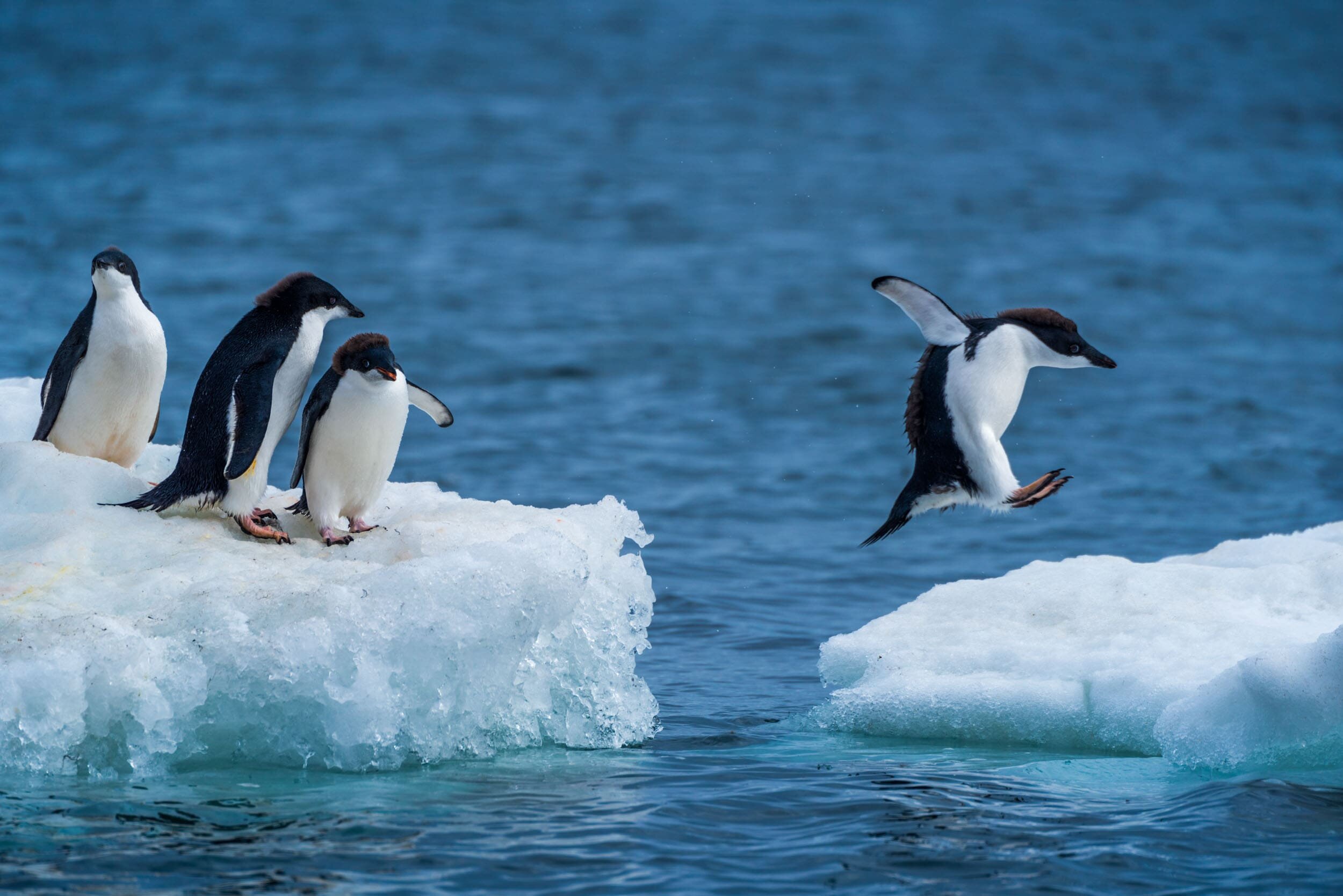
Prizewinners
There are so many photography competitions these days that it doesn’t mean much to call yourself an ‘award-winning photographer’, but it’s still nice to win something every now and again - if only for the ego boost!
Here are my prizewinning photos. Enjoy…
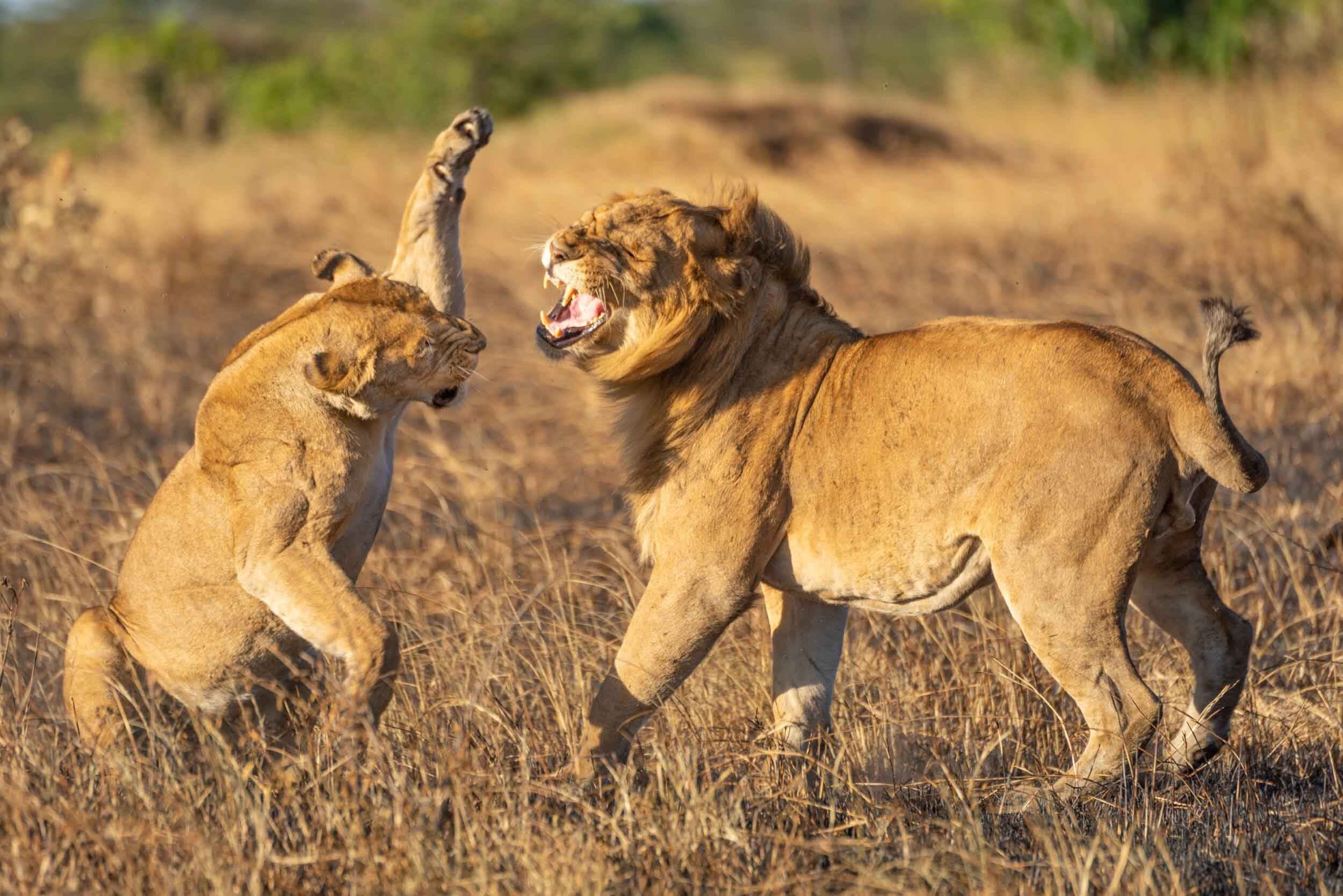
Wildlife Photography Ideas
In these troubled times, I thought I’d give every wildlife photographer out there a chance to fantasise about a few dream destinations around the globe.
Whatever your passion, I’m sure there’s somewhere out there that would provide a great photographic getaway - once we’re all allowed out to play again…!

Wildlife Photography
Wildlife photography is a money pit.
Cameras, lenses and accessories cost thousands of pounds, and most people can’t resist a piece of new kit even if they don’t need it, so a lot of it just ends up gathering dust in the basement!
However, the good news is you don’t really need that much.
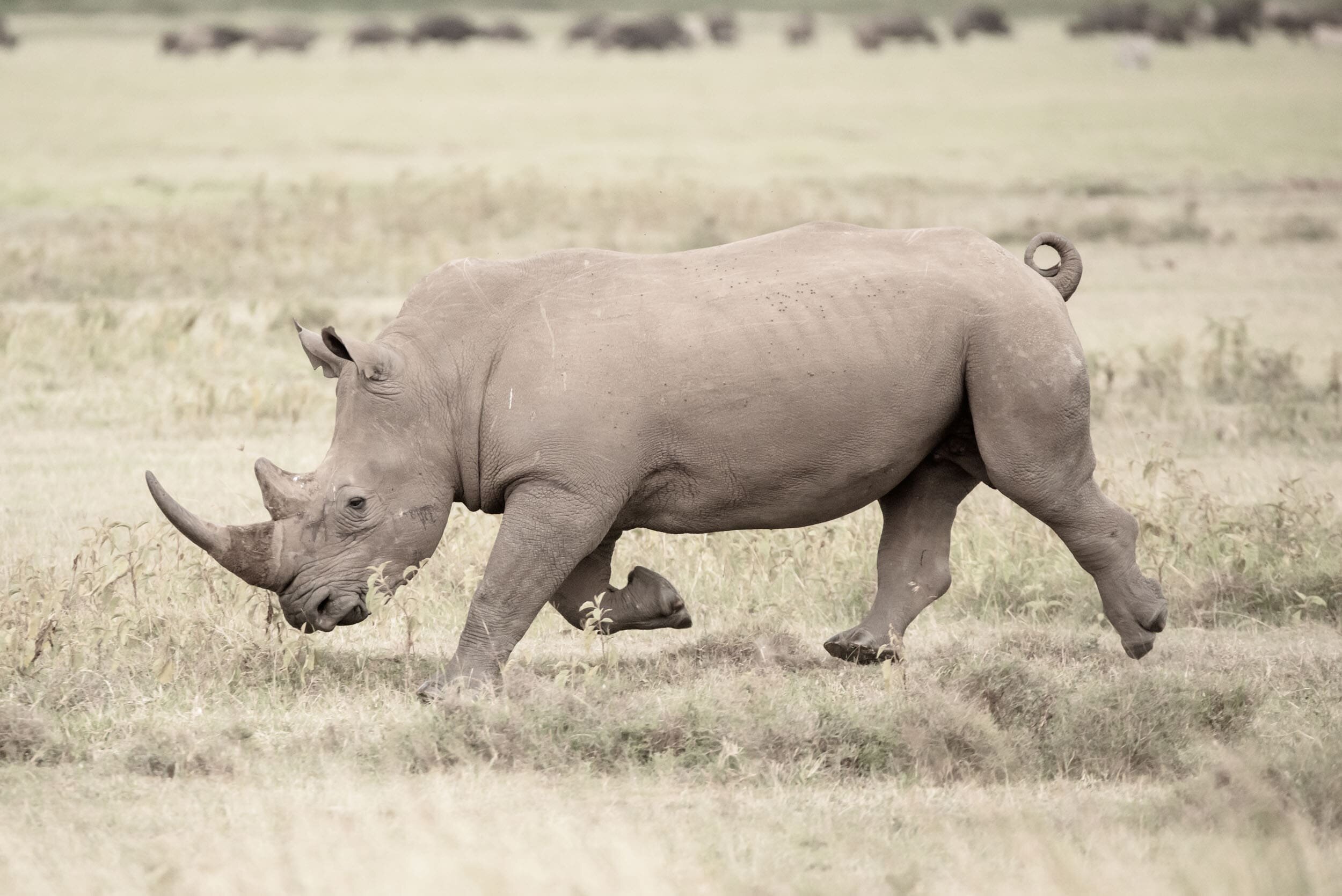
Rhino Facts
The rhino is a very annoying animal: it’s so rare that you’re very unlikely to see it, and that means you almost always end up disappointed!

Top Sellers
Just a quick post today as I have to cycle to Wimbledon to watch the tennis!
Here are my top 20 images as measured by the number of downloads on stock photography sites since 2013.
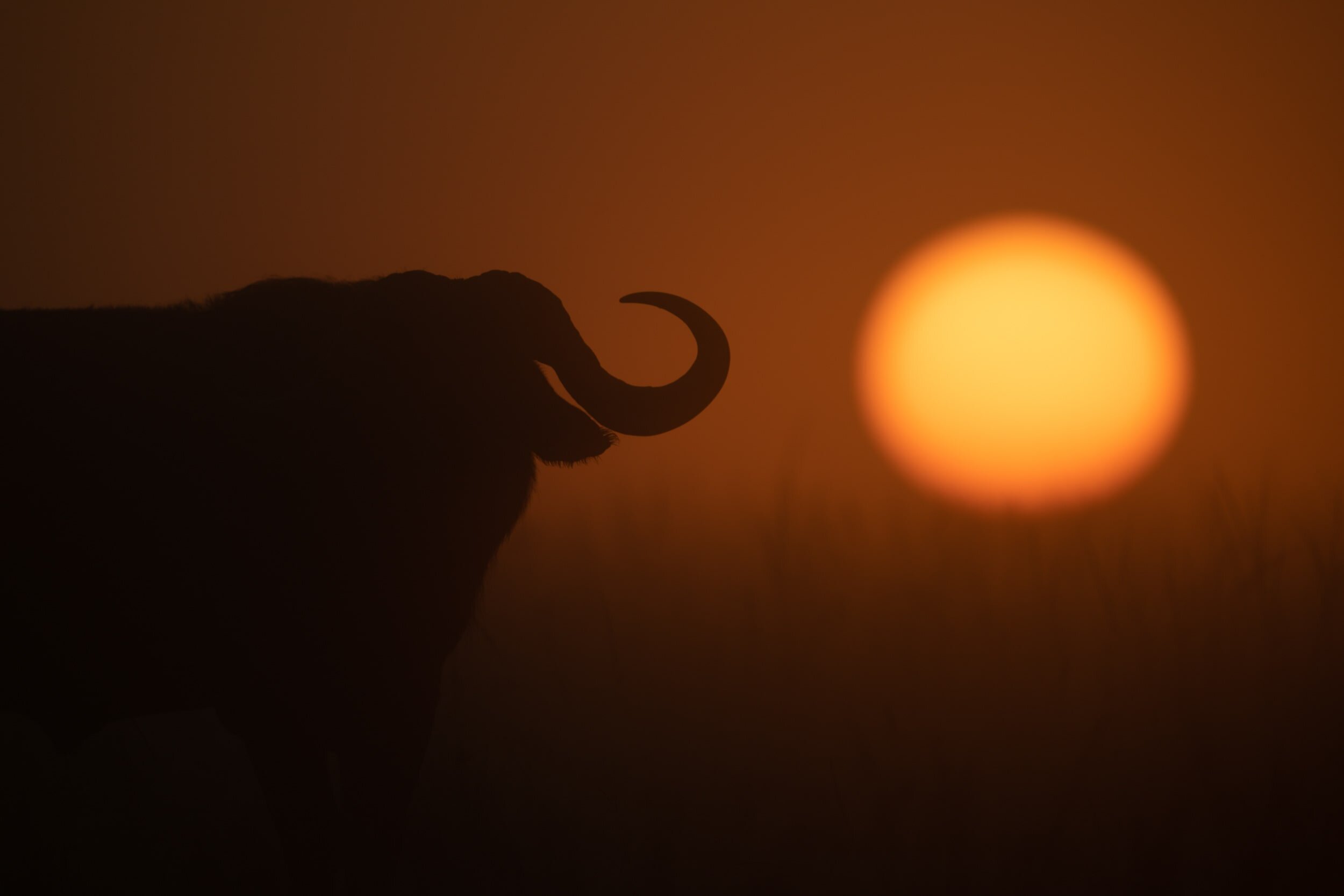
Lockdown Ideas
Yes, I know that most of you wildlife photographers out there would rather be in the Masai Mara than stuck at home in suburbia, but I thought I’d just make a list of a few things you could do while waiting for lockdown to come to an end…
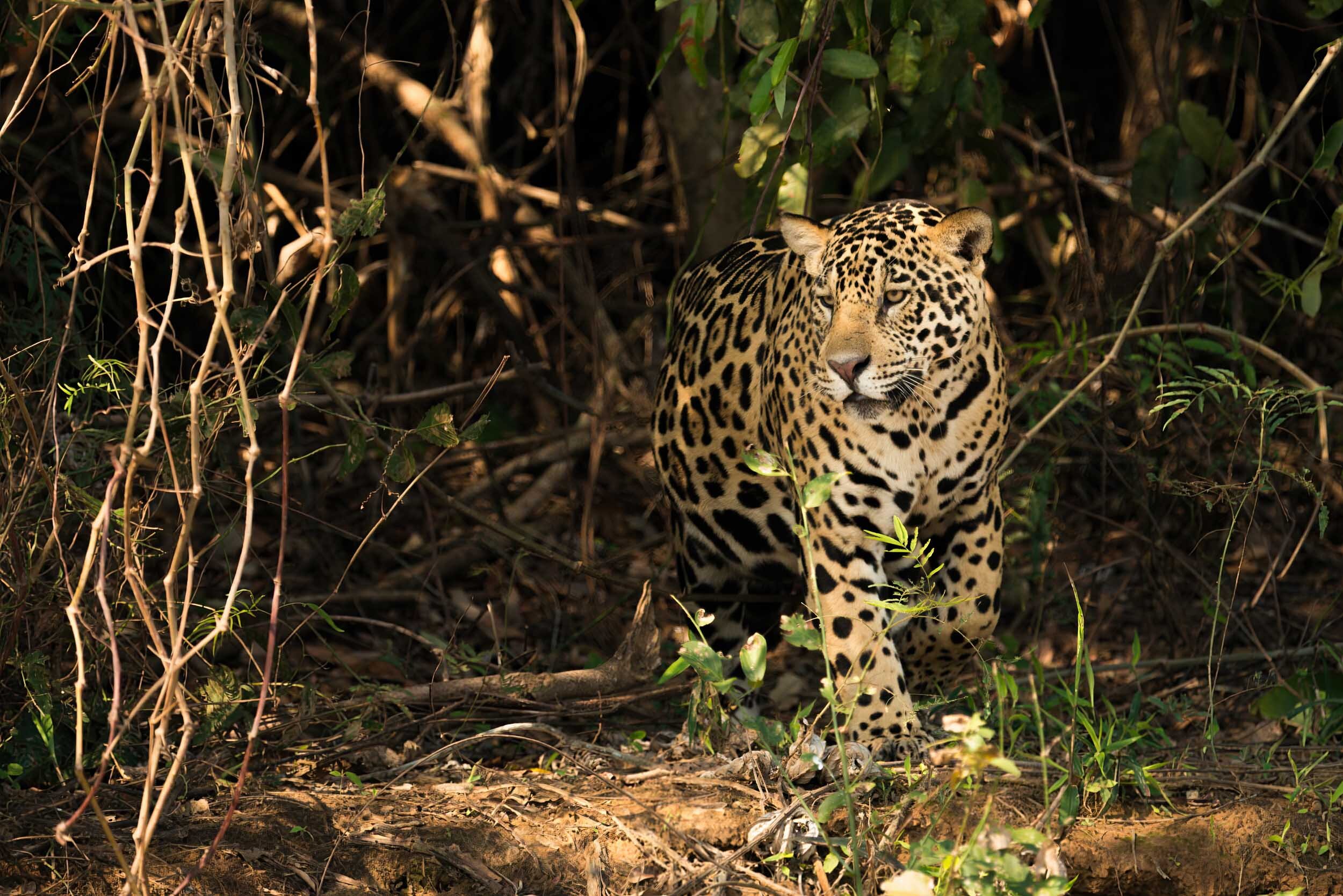
Jaguar Facts
The jaguar is the largest cat in the Americas and the third-largest in the world after the tiger and lion.
The best place to see it is in the Pantanal region of Brazil, and I had 16 sightings when I went there in September 2016.
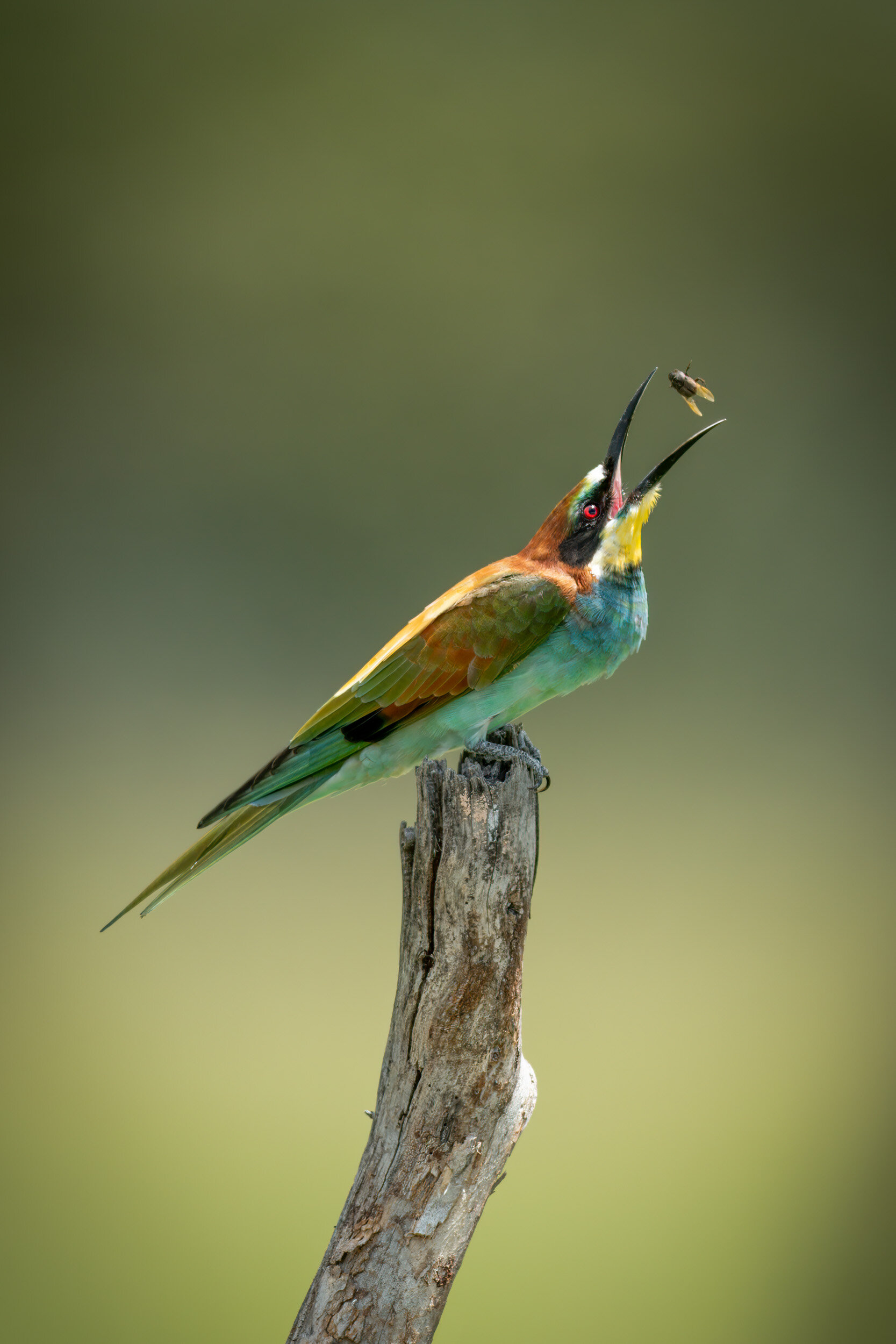
Aperture Settings for Wildlife Photography
The aperture is simply the size of the hole in the lens through which light passes on its way to the sensor, and the principle is similar to that of the shutter speed.
The bigger the aperture, the more light reaches the sensor and therefore the brighter the image (all other things being equal). The smaller the aperture, the less light reaches the sensor and therefore the darker the image.

Shutter Speeds for Action Shots
Choosing the right shutter speed for action shots is very important: too fast, and the animal will appear frozen; too slow, and you’ll end up with a blurry mess!
Here’s a quick guide to recommended shutter speed settings for different subjects and types of shot together with a few illustrative examples.
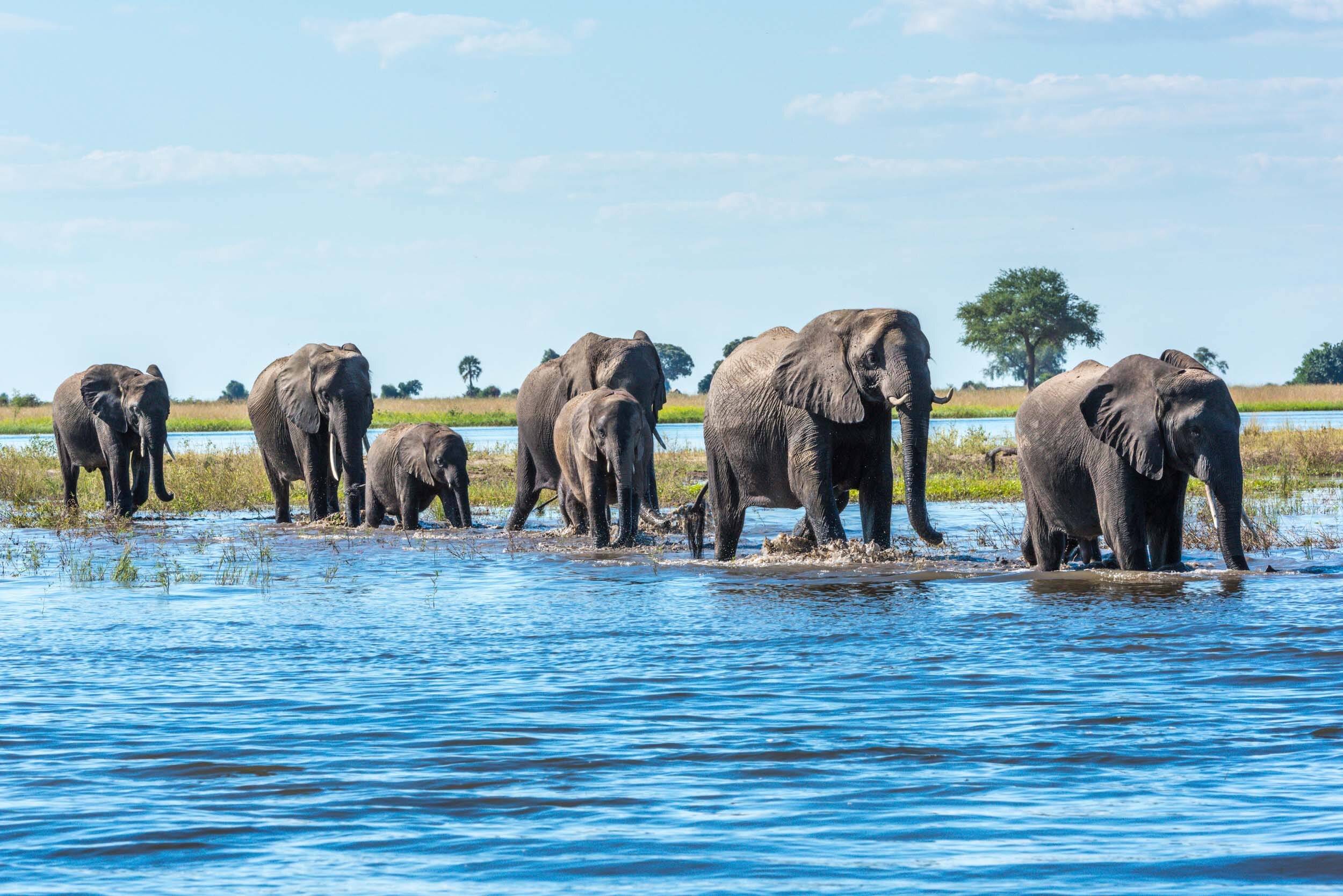
Collective Nouns Quiz
I know this doesn’t have much to do with photography, but I thought I’d do a quiz on collective nouns for the animals I’ve seen around the world.
It’s fun to find out the proper names (particularly for safari animals), and it can be a good way of passing the time on a game drive while you’re waiting for a couple of lions to wake up…!
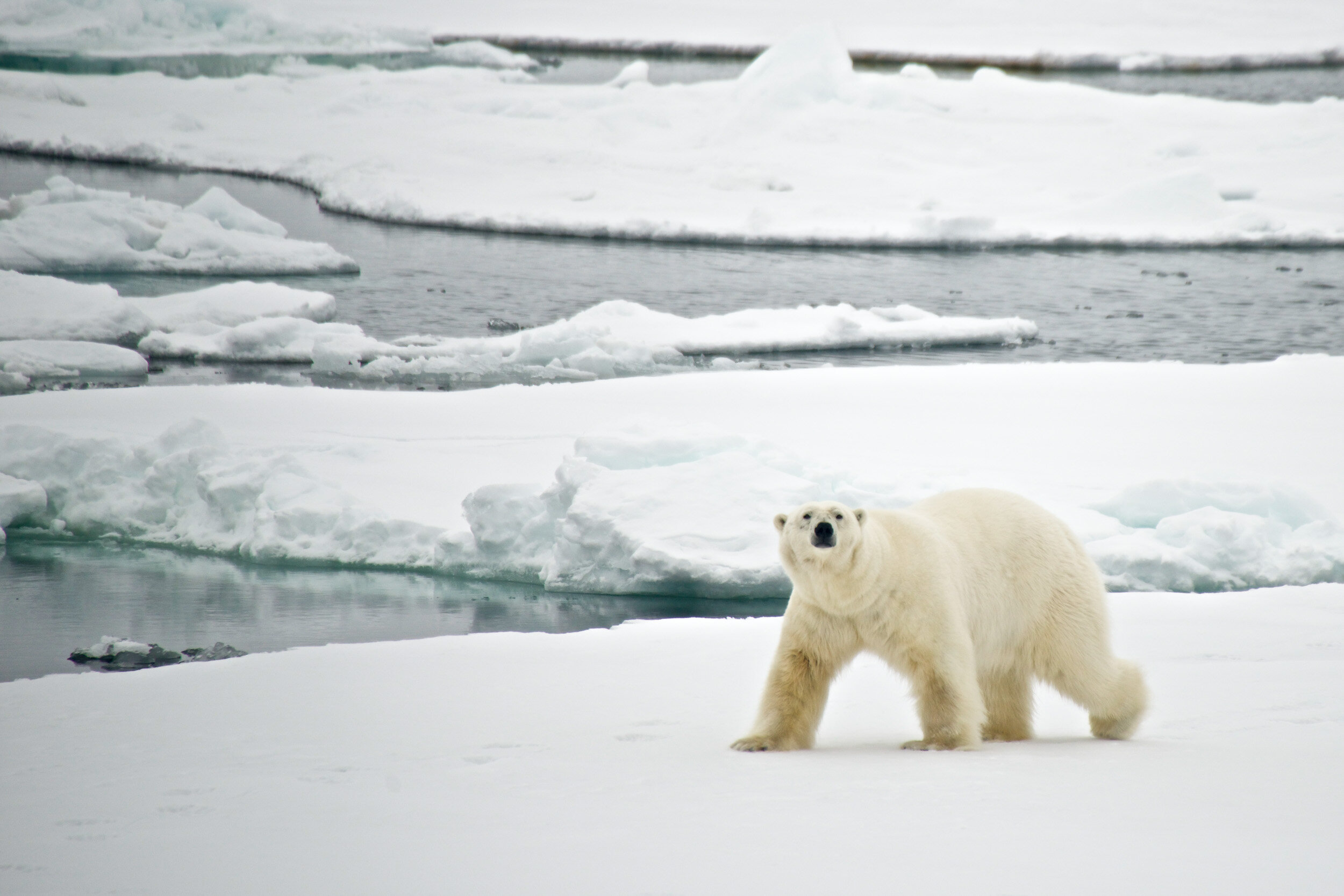
Polar Bear Facts
The first polar bear I ever saw had a large number 59 painted on its rump - and that was in Spitsbergen…!

Wildlife Photographers
Just a quick post today listing some of the best wildlife photographers out there. Check out their websites or follow them on social media. I’m sure they’d appreciate the support…
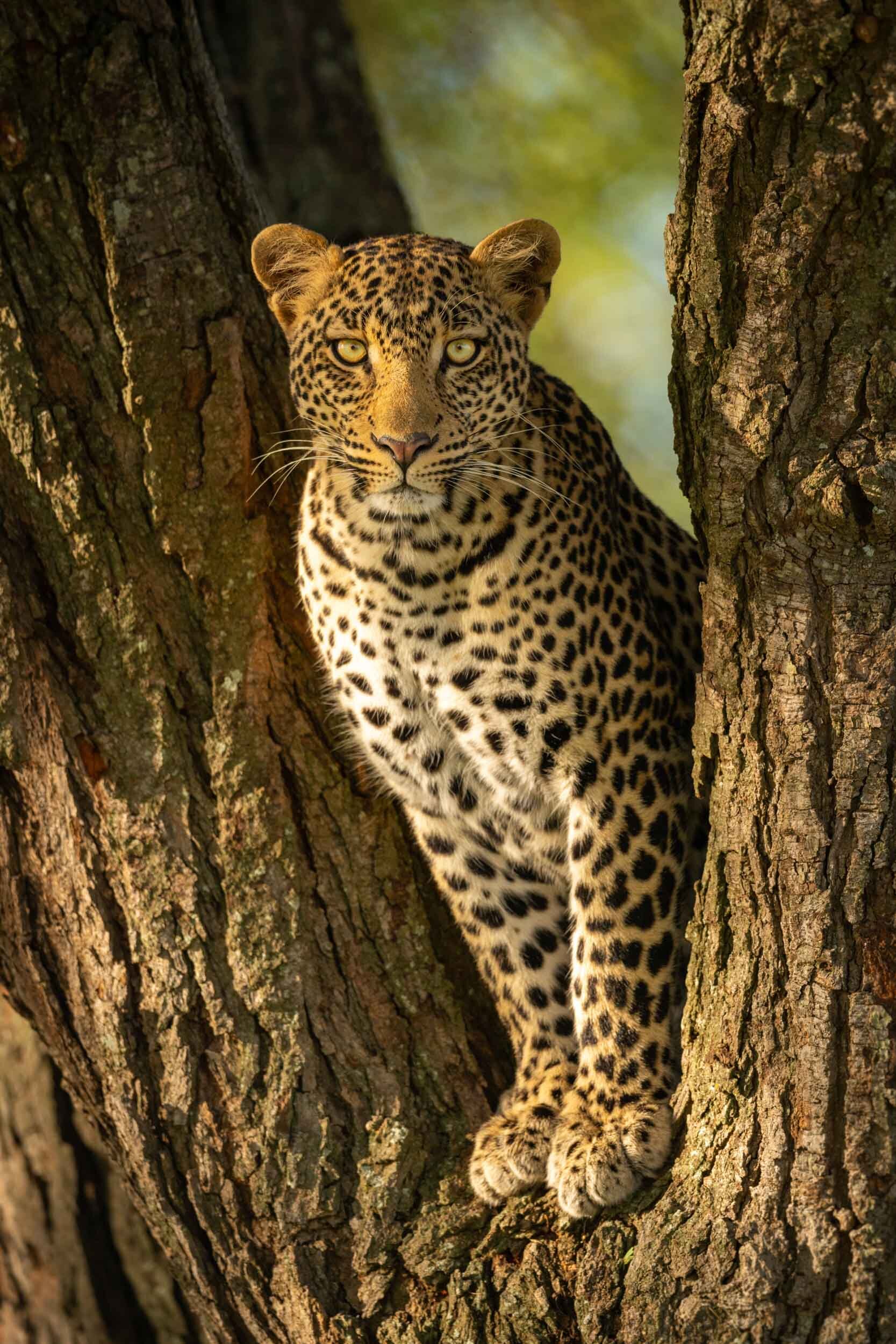
How to Shoot a Leopard
Leopard sightings are pretty rare, but I went on an Exodus photographic trip to Kicheche Bush Camp in summer 2018 with Paul Goldstein, and that was when I had virtually all my best sightings of leopards.
Here are a few of the lessons I learned from that experience.
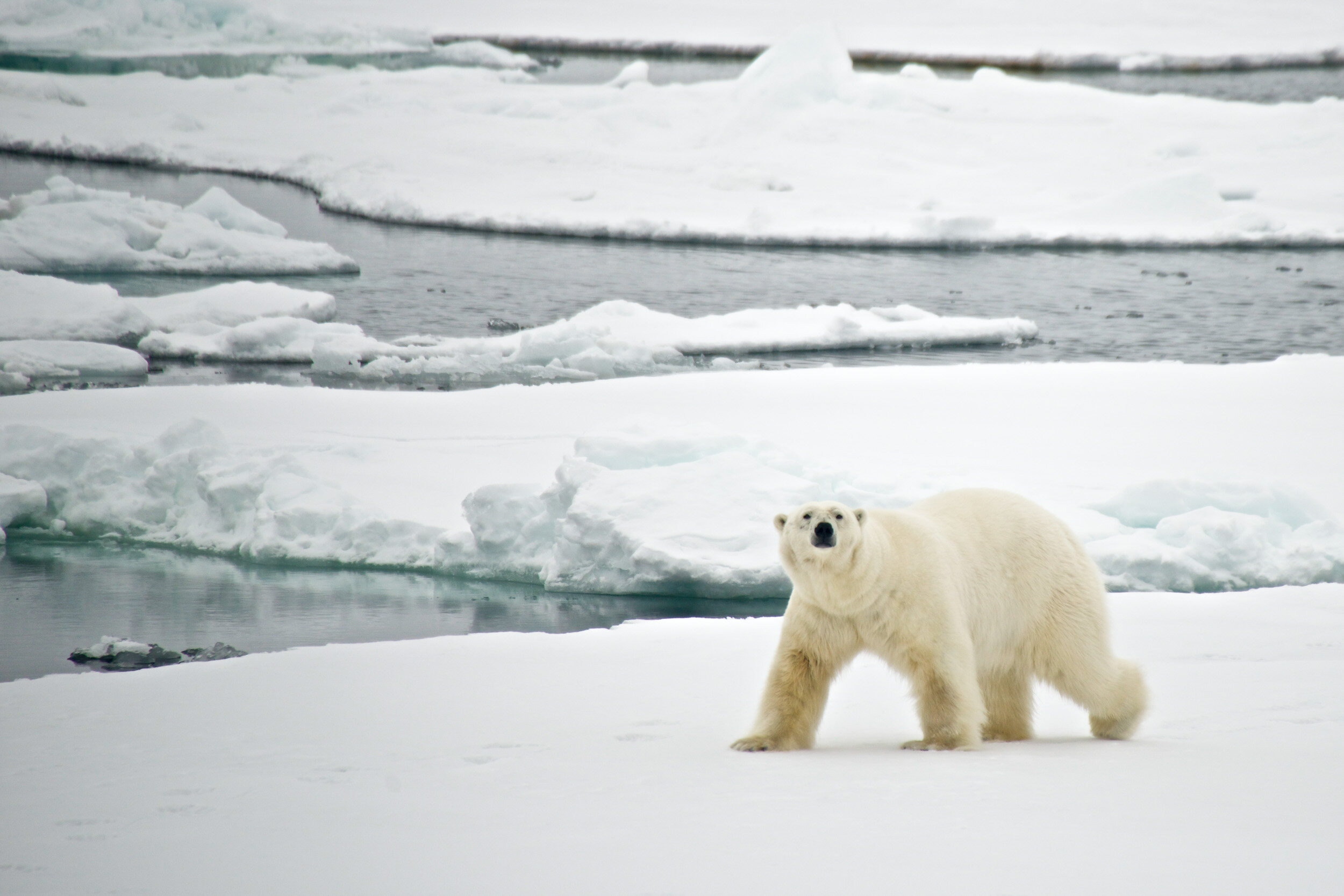
How to Shoot a Polar Bear
I went on an Exodus photographic trip to Spitsbergen in summer 2014 with Paul Goldstein, and I saw around a dozen polar bears.
Here are a few of the lessons I learned from that experience.
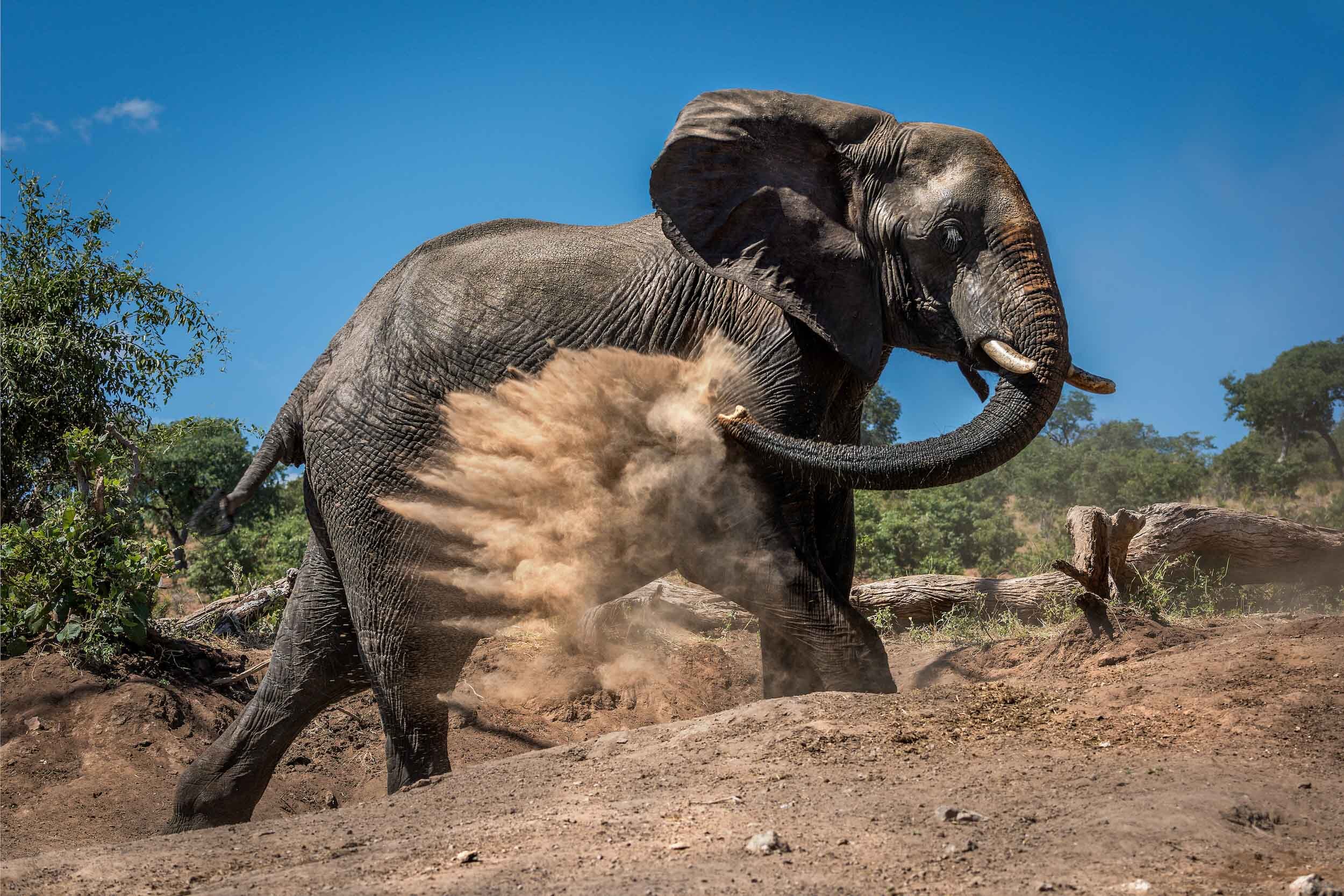
Elephant Facts
In 2019, I was on a game drive in Tanzania when my driver saw an elephant tusk by the side of the road. He stopped the vehicle, picked it up and put it on the back seat so that he could hand it in to the authorities.
Out of curiosity, I looked up how much that 17 kg tusk would’ve been worth on the black market: at $1,800 a kilo, it would’ve cost $30,000!
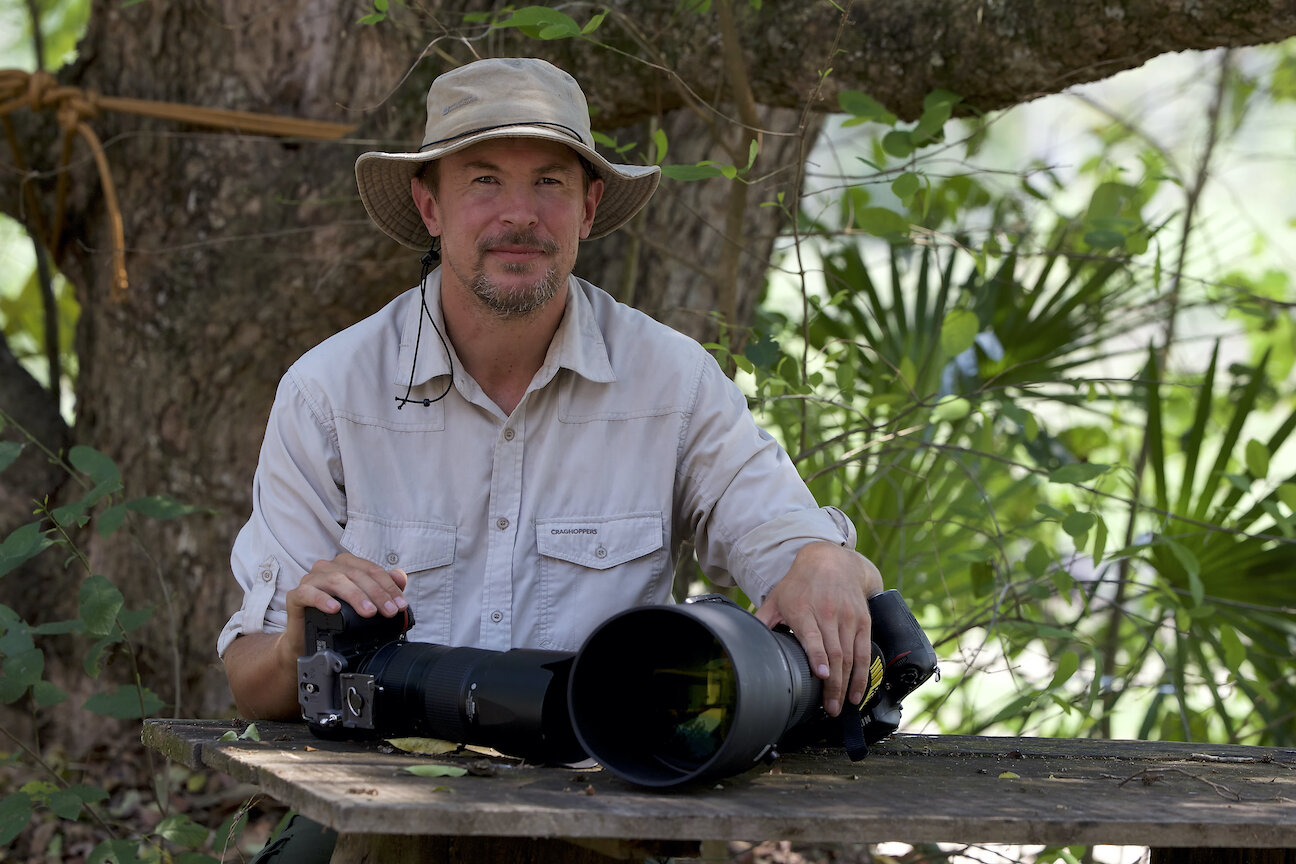
Wildlife Cameras and Lenses
When I bought my first DSLR camera and lenses, I asked a friend of mine which brand to get. He just said, “Canon or Nikon.”
As I didn’t want to buy my camera from a manufacturer of photocopiers, I ended up with Nikon…!
